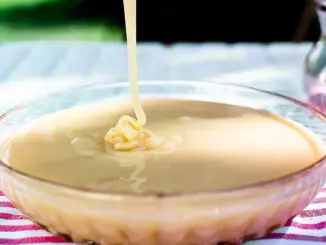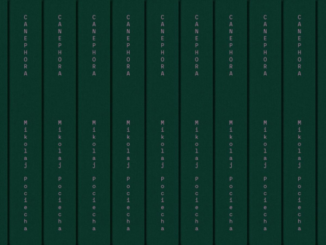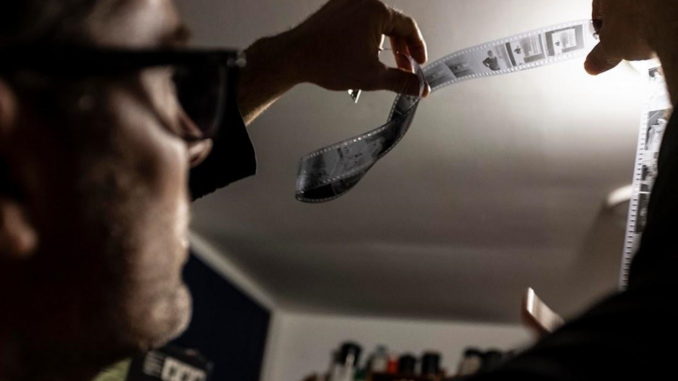
Today, we look at how coffee can be used to develop photos in a unique and budget-friendly way!
BY VASILEIA FANARIOTI
SENIOR ONLINE CORRESPONDENT
Photos courtesy of Peter Bjerg
Coffee and photography? Turns out that taking pictures of beautiful latte art is not the only way to mix these two! In today’s article, we will explore the exciting and creative process of coffee analog film development. We’ll explore the history of the method as well as the basics of the process, and look at how Copenhagen, Denmark-based portrait photographer Peter Bjerg is using the technique for his work.
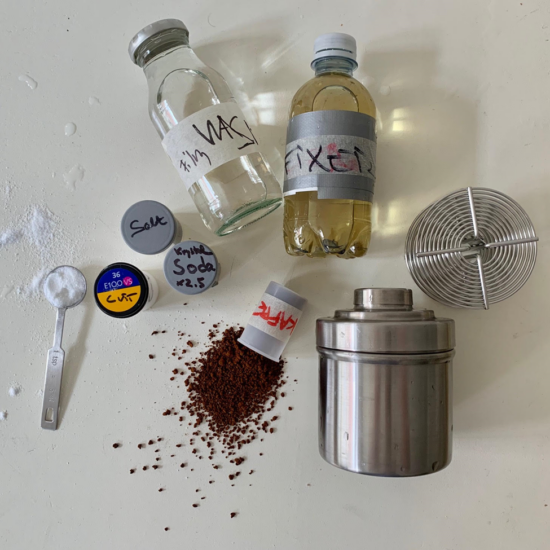
How the Caffenol Method Came to Be
In 1995, the Rochester Institute of Technology in New Jersey conducted a research project under Dr. Scott A. Williams to find new ways of developing photographs using household ingredients. After various unsuccessful trials, the team decided to use caffeinated drinks like tea and coffee as an alternative developer, which later became known as caffenol. Today, caffenol is a popular choice for developing photos, especially if someone is looking to do this at home using only a few simple ingredients.
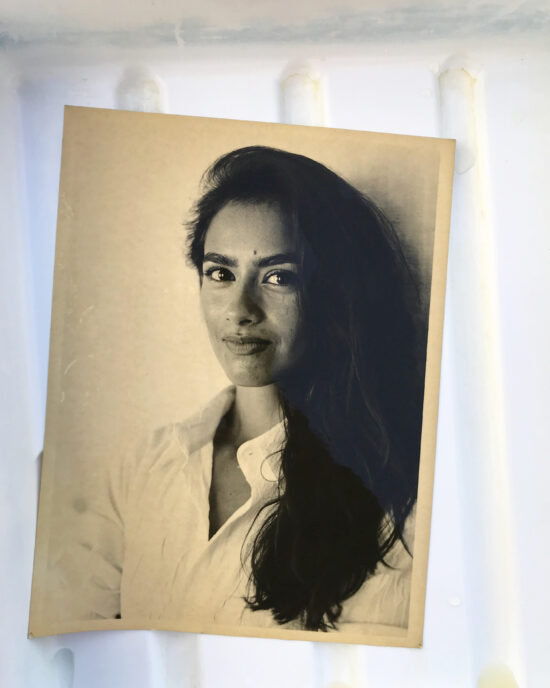
Photographers can use this method to develop both paper and film negatives with great results. The method provides plenty of opportunity for experimentation, and it’s a less expensive alternative to darkroom chemicals. Coffee has a number of different chemical compounds. The main one at work when developing photos is caffeic acid, a phenol compound that interacts with the silver halides in film or paper to create photographs.
Peter started using caffenol in 2017 after a visit to the Landskrona Foto Festival in Sweden, where he noticed a caffenol workshop run by the photo group Cahute, “As soon as I returned home in Copenhagen, I started searching the internet for DIY advice and the history of caffenol developing. I really enjoy the process of preparing a ’do it yourself’ developer,” he says.
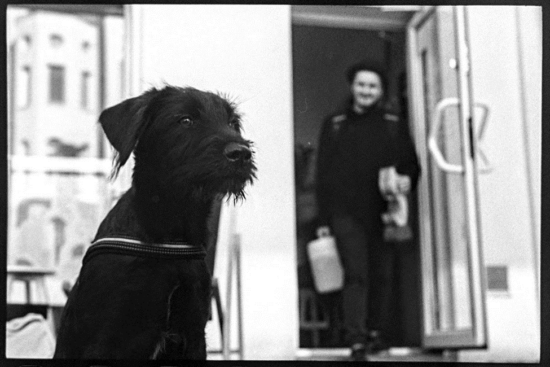
Using Robusta Beans to Develop Photos
Many photographers use the caffenol method because it’s budget-friendly. It’s also a safe process that avoids chemicals found in commercial developers. Peter explains, “There are serious warning signs on the bottles of commercial developers. A caffenol developer is made from coffee, soda (sodium carbonate Na2CO3), vitamin C and, perhaps also, iodized salt as a ’restrainer.’ These are all household ingredients, safe to use and safe to throw out in the kitchen sink after use.”
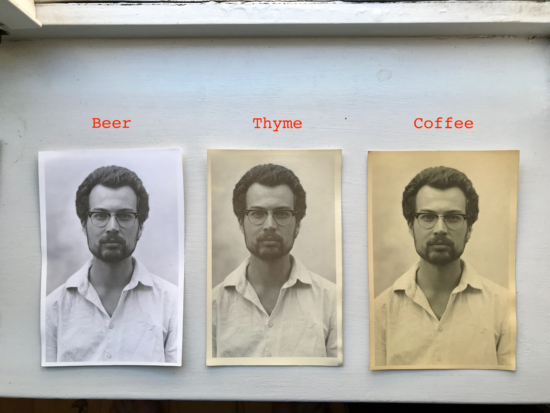
But what type of coffee works best? A quick browse online reveals that many caffenol photographers stick to instant coffee. ”The reason instant coffee is usually recommended for caffenol recipes is that it typically contains robusta beans,” Peter says. ”The robusta beans, on average, contain more phenolic acids than the arabica ones. Instant coffee is also the easiest to use because you can quickly measure up the required amount and mix it with the other ingredients.”
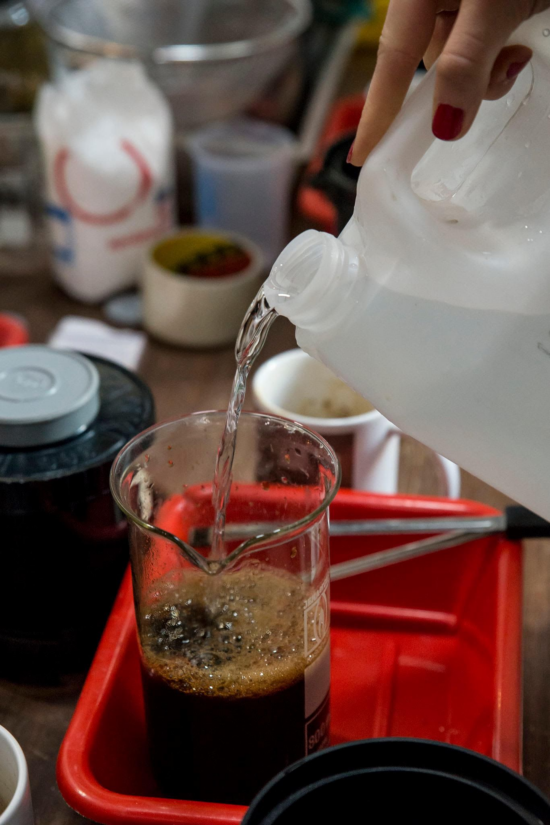
However, Peter doesn’t always stick to instant coffee. He believes the fresher the coffee, the better. Variables such as the soil, harvest time, drying method, and storage time can all affect the potency of a bean. “Ideally, a prime robusta bean, the one with the most flavor, will not only make a better cup, but also result in a better picture, when used for caffenol analog film development,” he says.
Who knew that robusta beans could be so versatile? If you are interested in giving this method a try, you can find out more on Peter’s website. He has also carefully selected a few useful links and information to get you started!
ABOUT THE AUTHOR
Vasileia Fanarioti (she/her) is a senior online correspondent for Barista Magazine, and a freelance copywriter and editor with a primary focus on the coffee niche. She has also been a volunteer copywriter for the I’M NOT A BARISTA NPO, providing content to help educate people about baristas and their work. You can follow her adventures at thewanderingbean.net.


